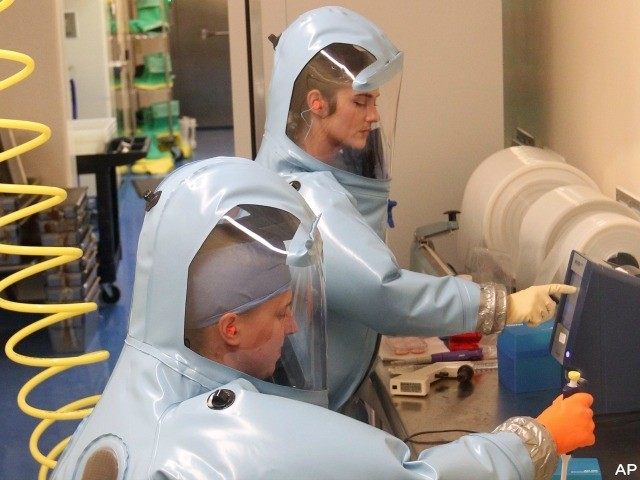Chikungunya is an infection caused by the chikungunya virus.
How is it spread?
It is spread to people primarily by certain mosquitoes capable of transmitting the virus after first biting another infected person. According to the Centers for Disease Control and Prevention (CDC) the virus in theory could be spread through a blood transfusion but the agency says do date there are “no known reports of this happening.”
As Breitbart reported, the chikungunya-spreading Aedes aegypti mosquito was first detected in California in 2014 and is spreading across the state; the insect threatens to spill into other states, as well.
Symptoms
The Word Health Organization (WHO) documents:
Chikungunya is characterized by an abrupt onset of fever frequently accompanied by joint pain. Other common signs and symptoms include muscle pain, headache, nausea, fatigue and rash. The joint pain is often very debilitating, but usually lasts for a few days or may be prolonged to weeks. Hence the virus can cause acute, subacute or chronic disease.
A study released last week found the disease can also cause severe and potentially fatal brain infection, especially in infants and seniors. The report, published in the journal Neurology, examined a 2005-2006 chikungunya outbreak on Reunion Island in the Indian Ocean. Scientists found that the rate of encephalitis among those infected with the chikungunya virus outpaced the rate for all encephalitis reported in the U.S. from 1998 to 2010.
Treatment
The Mayo Clinic reports:
No vaccine exists to prevent chikungunya virus, and there’s no effective antiviral treatment. However, the disease runs a limited course and is rarely fatal. Treatment is aimed at relieving symptoms with rest, fluids and medications — such as acetaminophen (Tylenol, others) and ibuprofen (Advil, Motrin IB, others) — to relieve joint pain and fever.
Prognosis
Relates the WHO:
Most patients recover fully, but in some cases joint pain may persist for several months, or even years. Occasional cases of eye, neurological and heart complications have been reported, as well as gastrointestinal complaints. Serious complications are not common, but in older people, the disease can contribute to the cause of death.
At time the symptoms can be mild and the infection can be misdiagnosed. At times it is mistaken for dengue, another disease endemic throughout Mexico.

COMMENTS
Please let us know if you're having issues with commenting.